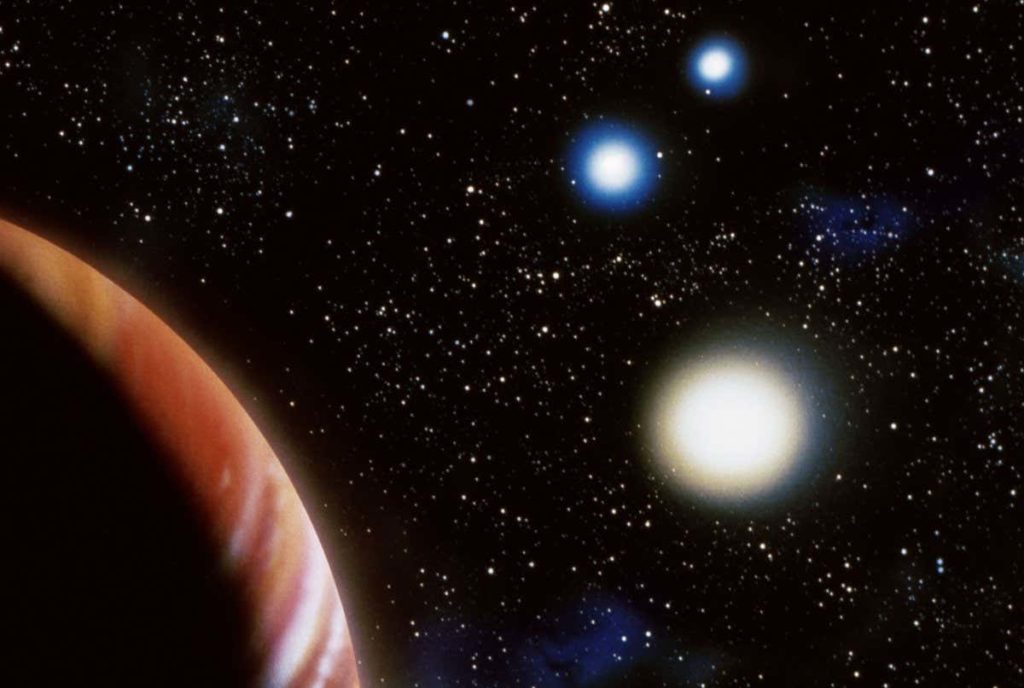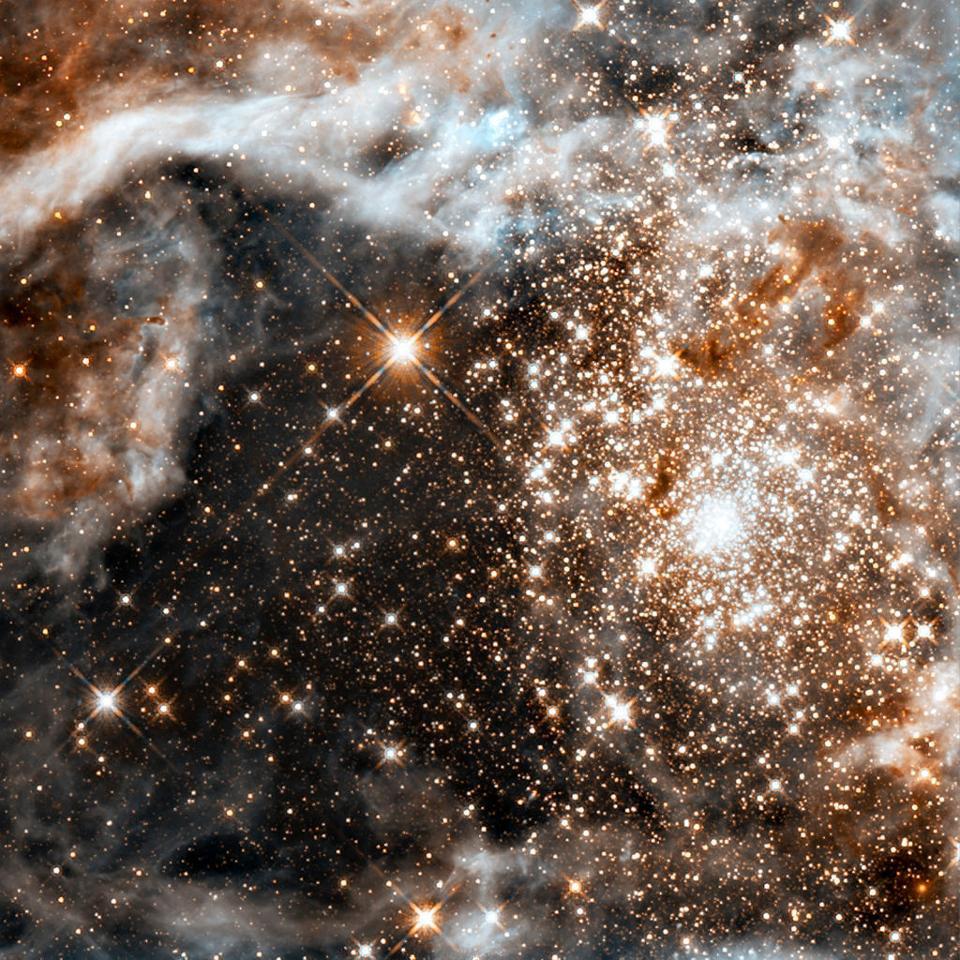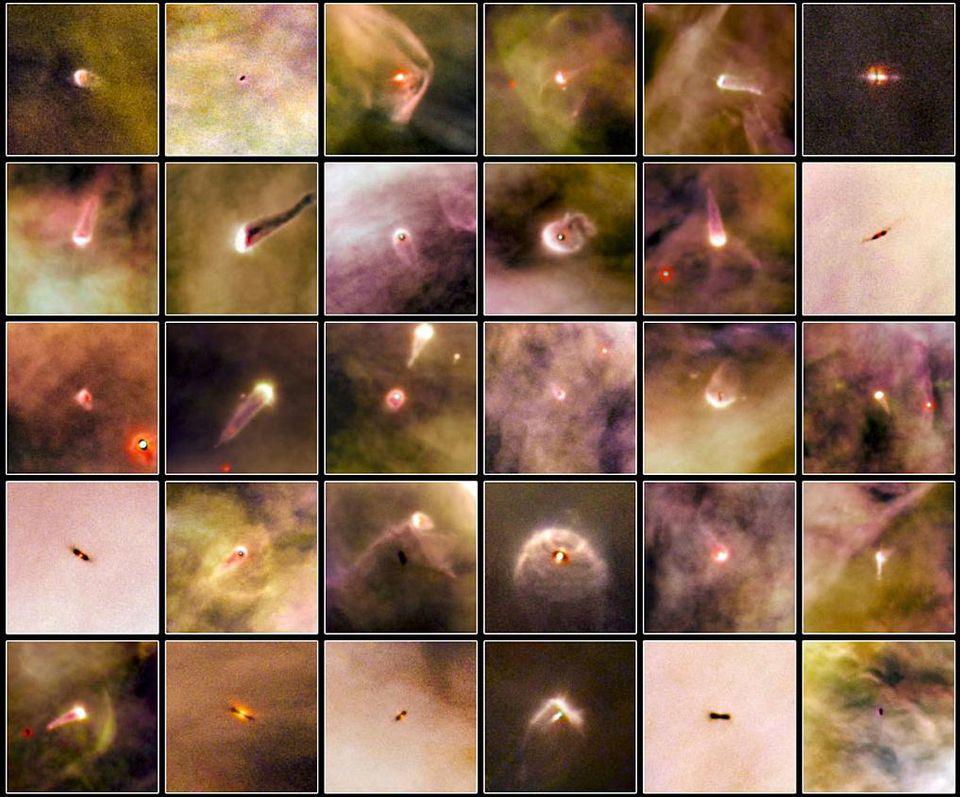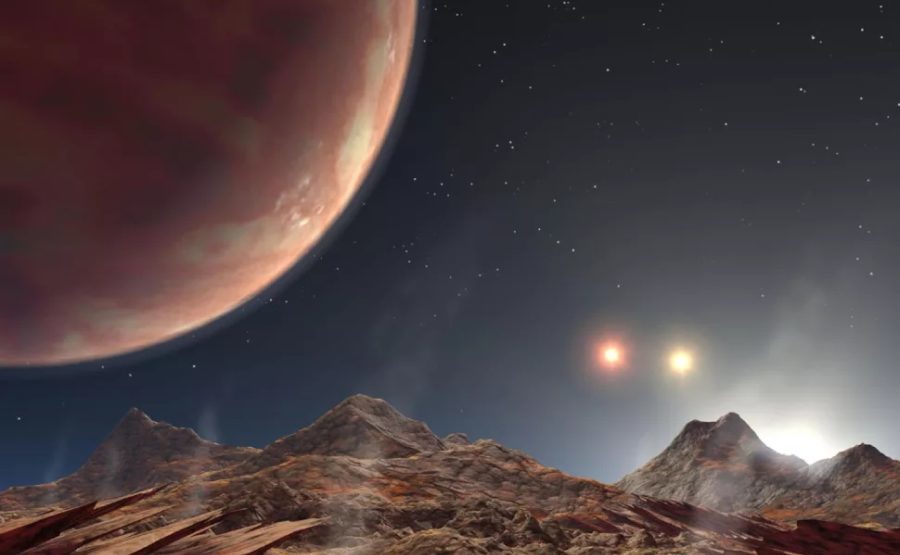How many stars can a planet successfully orbit? For a long time, we had only our own solar system to look to, as we were the only star we knew of with planets around it at all.
Written content from Ethan Siegel

It wasn’t until the 1990s that we found planets orbiting other star systems. Even though stars come in singlets, binaries, trinaries, and even greater numbers of multi-star systems, we’d only ever found stars orbiting one — or, at most, two — stars. Even in systems with three or more stars, planets have only been found orbiting one or two of the stars at once, with the other star(s) farther out.
There had been two main schools of thought as to why this was the case. One idea was that planets can orbit stars either closely, in which case their orbits are dominated by one central star (or a tight binary star) that supplies their gravity, or far away, as long as they’re far enough so that however many stars there are behave like a single mass. According to this idea, the only reason we hadn’t seen planets in wide orbits around trinary (or greater) systems was because it’s difficult to observe. But a rival idea is that wide planetary orbits around three or more stars would be fundamentally unstable, and gravitation would quickly kick out any such planets.
While this was contentious for a time, the mystery has been solved with the GW Orionis system: a still-forming trinary system now known to house planets of its own. For the first time, planets in orbit around all three stars in the system have been found, suggesting this is not only a possible configuration, but a common one. Here’s the story of what we’ve learned.
When it comes to the stars in the universe, you might have heard the incorrect but common refrain that, “our sun is just a typical star.” In some ways, we’re well within the realm of what’s considered normal for a star, but typical is really not the right word when you compare it to the other stars we find both near and far.
When it comes to mass, you can either be much smaller or much larger than the sun and still fuse hydrogen into helium in your core: a key requirement for becoming a star. Stars with as little as 7.5% the mass of our sun, or as much as hundreds of times as massive, all do this throughout the universe, with the less massive stars being redder, cooler, and longer-lived, while the more massive stars are bluer, hotter, and short-lived.
Compared to our sun, however, the overwhelming majority of stars are redder and lower in mass. We aren’t typical. In fact, about 80% of all stars are red dwarfs: stars with no more than 40% the mass of our sun. Although plenty of stars are brighter, bluer, and more massive than the sun — particularly among the stars visible to the naked eye in the night sky — these stars are relatively rare. Putting together all that we know, only about 5% of stars are more massive than our sun; a full 95% are smaller, redder, longer-lived, and less massive than we are.

Similarly, when stars are born, they typically form in large, massive star clusters, triggered by the gravitational collapse of a molecular gas cloud. Instead of forming in isolation, typically hundreds, thousands, or even as many as millions of stars can form all at once, within just a few million years of one another — a cosmic blink of an eye. A wide variety of star systems form inside, where only about 1-in-2 stars form in singlet systems, like our own. About 1-in-3 stars are found in binary systems, where two full-fledged stars dominate their solar system; 1-in-10 compose trinary systems, with three stars; 1-in-40 are in quaternary systems, and about 1-in-100 stars exist in systems with 5 or more stars, all bound together gravitationally.
These star clusters consist of star systems with widely varying masses, and over time, they gravitationally interact, causing lower-mass star systems to get ejected while higher-mass star systems sink to the center. Over longer timescales — typically around a few hundred million years — these star clusters dissociate, populating the galaxy with the individual star systems that formed within them.
But while the stars are forming, something else forms along with them: planetary systems.

Beginning with observations from the Hubble Space Telescope, humanity began seeing, for the first time, these long-predicted planet-forming systems around young stars and protostars: protoplanetary disks. Rotating around young stars, these dusky disks develop instabilities, where some regions of the disks become slightly denser than others. Regions of greater density will preferentially attract more and more of the surrounding matter to them, eventually growing into protoplanets or even full-fledged planets, sweeping up the dust and creating gaps in the disk, leading to a series of dust rings instead. Read more from Big Think





